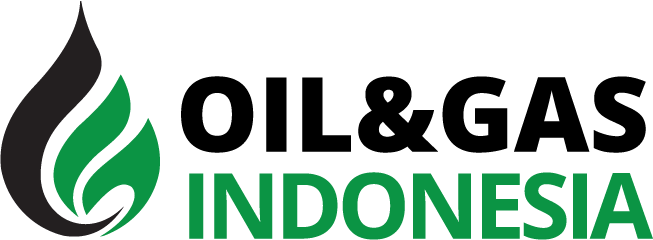State port operator PT Pelabuhan Indonesia (Pelindo) I is optimistic that the development of nationally strategic port at Kuala Tanjung, North Sumatra, remains on track even though progeress is slower than forecast.
Pelindo I president director Bambang Eka Cahyana said construction of the first phase of the port had reached 41 percent since the groundbreaking ceremony on Jan. 27 last year.
The progress target had been set at 50 percent by the end of last year.
The port is slated to be developed in four phases, with first phase being the multipurpose terminal, followed by the second phase developing the industrial area nearby, the third phase will be the development of the container port with the fourth phase being the construction of a residential area.
President Joko “Jokowi” Widodo has set the target of finishing the first phase is estimated at Rp 3 trillion (US$225.5 million), while the construction of the second and third phase is estimated to cost the company Rp 34 trillion.
Bambang said that the financing needs for the first phase had been secured by a loan from a consortium of state lenders.
The company itself allocated Rp 250 billion for the equity needed for the project last year, with Rp 300 billion more to be allocated this year, apart from the loan.
For the port development, Pelindo I has teamed up with the Netherlands-based port of Rotterdam Authority. The future operator of the port will be opened for tender.
The multipurpose terminal will see the development of a 500-meter dock that will accommodate vessels of up to 5,000 twenty-foot equivalent units (TEUs). The port will be able to store containers of up to 400,000 TEUs.
The company expects to complete the entire development by 2020 at the latest.
“The second phase of construction will start in the middle of this year, for the basic infrastructure. We will start with Sei Mangkei and Kuala Tanjung industrial area, because both have been chosen as special economic zones,” he said.
Kuala Tanjung Port is one of the 24 strategic commercial ports to be developed under Jokowi’s maritime highway vision.
The National Development Planning Board (Bappenas) previously estimated that the government would need to invest around Rp 700 trillion between 2015 and 2019 to support the vision, including the development of the 24 commercial seaports, as well as procuring shipping.
The program is expected to cut national logistics cost from 23.5 percent of gross domestic product (GDP) to 19.2 percent by 2019.
Transportation Ministry secretary general Sugihardjo said the Kuala Tanjung port construction had not been as rapid ad Bitung Port, which is also one of the strategic seaports.
“But potential wise, Kuala Tanjung will be much more developed than Bitung,” Sugihardjo said.
The port will be supported by railway infrastructure and an under-construction toll road connecting Tebing Tinggi and Kuala Tanjung.

